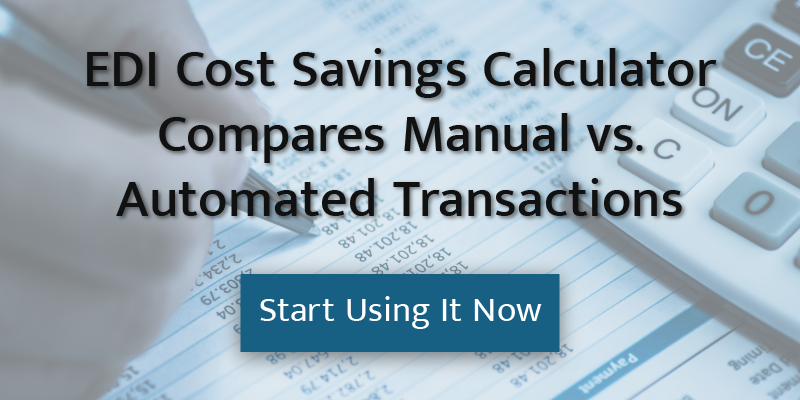
Middleware can be the unsung hero of your enterprise technology landscape. When it works, it connects network-based requests generated by a client to the backend data the client requests. Middleware can act as the glue between separate and complex software programs.
However, when middleware does not work the way it should work, it can be a nightmare. That is why it is essential to manage middleware wisely. Read on to learn how to choose the right middleware to support your integration strategy.
What Is the Purpose of Your Middleware?
To choose the right middleware, you must determine what your needs are. We have broken it down into three rough categories.
The first category is for development. That is probably the best-known use of middleware. Software development requires processing tools and a variety of system types. Middleware forms the layer between a server or a computer and an application; the type of middleware can affect the application speed and reliability.
Platform integration is the second category. Middleware connects a single platform or a suite of apps so you can do things such as analyze data across a company. These solutions generally run on a single layer of middleware; if chosen properly, it acts as a foundation for future solutions.
The third category is automation. How often have you heard department managers ask the IT department to automate programs which were not designed to work together? That is where automation comes into play; middleware acts as the common ground to unite programs and automate them.
How Do You Choose the Right Middleware?
While it is critical to understand what the purpose of your middleware will be, you must also consider some other things.
For a start, you do not want to get unnecessarily locked into a relationship with a vendor. Middleware will only become more deeply entwined with key platforms and applications, making it more difficult to switch from one vendor to another.
Second, legacy middleware is not only quickly falling out of style, but it is difficult and costly to maintain. It is time to move to a more modern form of middleware, such as cloud B2B integration middleware. This integration middleware does not require as many employees to implement, it does not require as much maintenance and it is not associated with the high costs of ownership that legacy middleware is.
Third, you want to consider your overall strategy. What are your integration needs? How might those needs change in the future? Middleware can help you achieve those goals - if you choose the right kind.
Most people within an organization do not think much about middleware on a day-to-day basis. However, it can serve as the backbone for all of your integration efforts, which ultimately drive your business forward. Choosing the right B2B integration middleware makes that possible. To learn more, contact us today.



